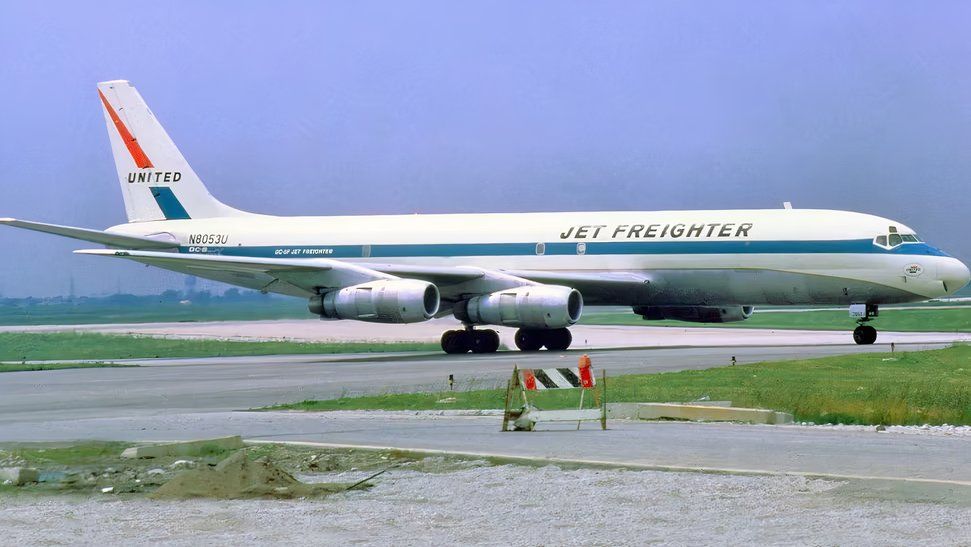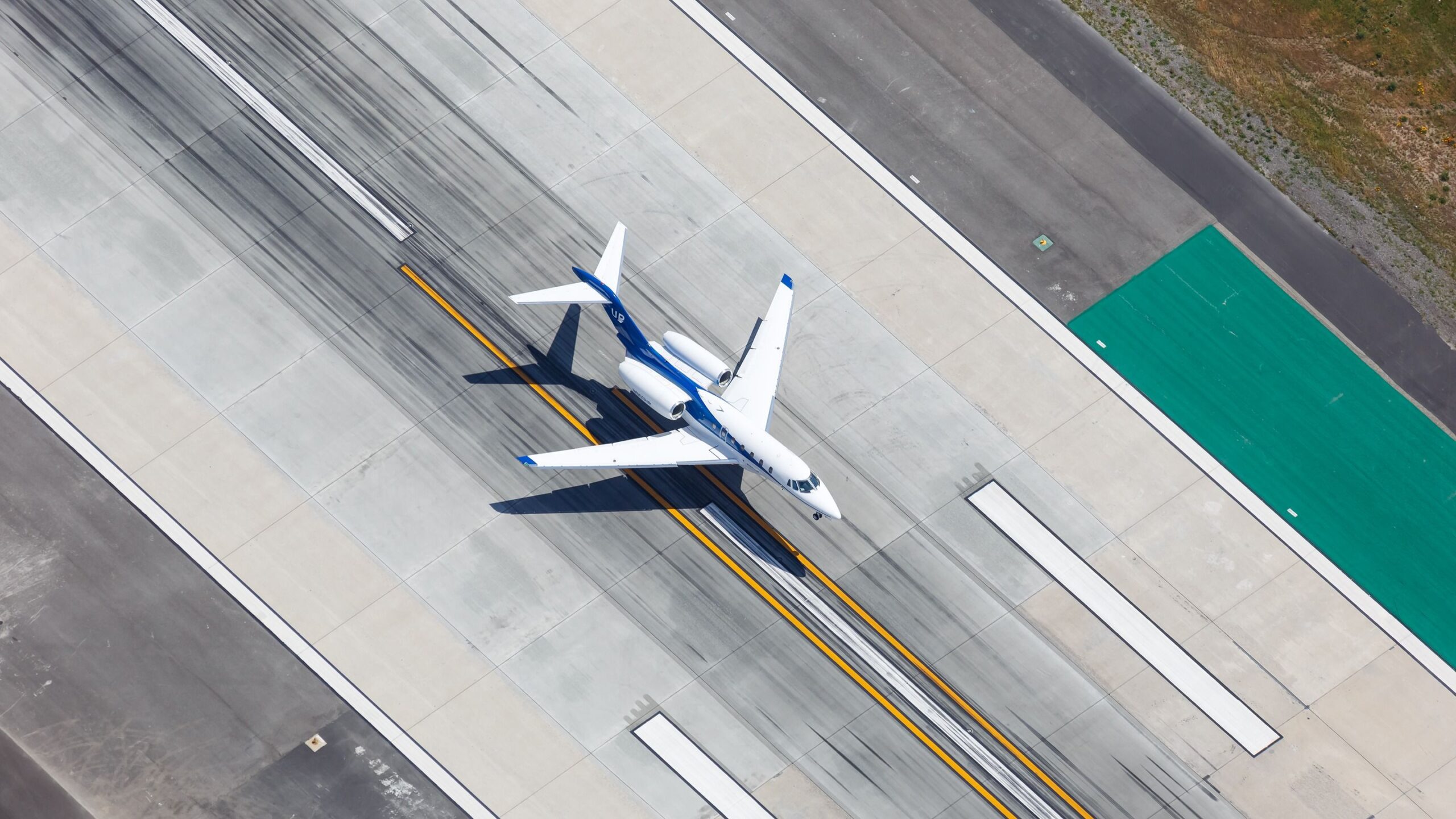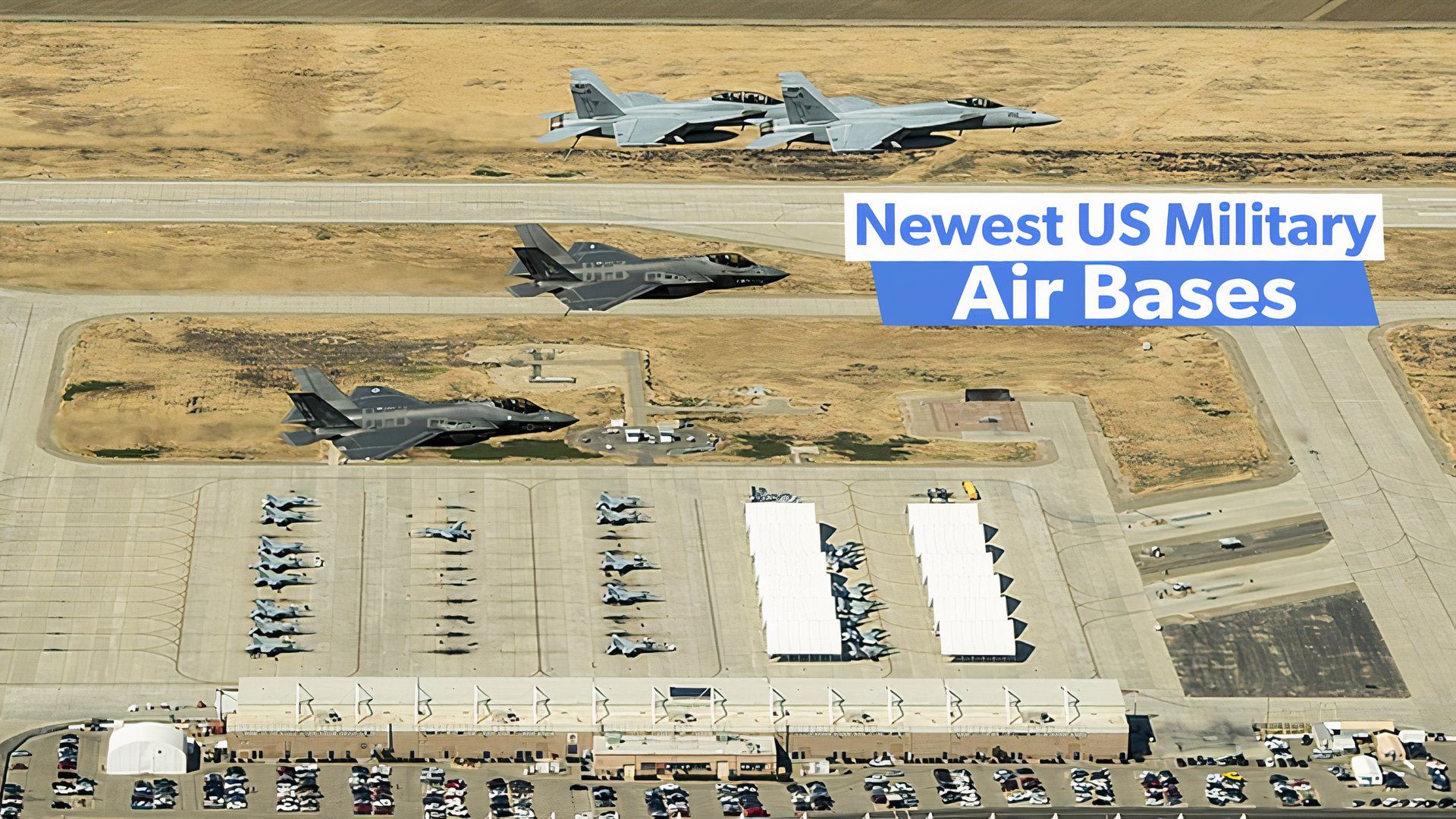Summary
- The pilot error led to the 1983 crash of United Airlines Flight 2885 after a bizarre crew role switch.
- The inexperienced flight engineer denied further pilot training and failed to correct the extreme nose-up attitude.
- The National Transportation Safety Board (NTSB) found that crew checklist failures and the captain’s allowance of an unqualified crew member contributed to the accident.
In 1983, a United Airlines cargo flight crew decided to switch roles. This bizarre decision cost the lives of the three crew members involved and the total loss of the aircraft they were tasked to fly. A United Airlines DC-8 operating as Flight 2885 crashed after take-off from Detroit due to pilot error. Let’s look at the events that unfolded on the dreadful day.
Background to United Flight 2885
|
Date |
January 11, 1983 |
|---|---|
|
Aircraft type |
McDonnell Douglas DC-8F-54 |
|
Operator |
United Airlines |
|
IATA flight No. |
UA2885 |
|
ICAO flight No. |
UAL2885 |
|
Call sign |
UNITED 2885 |
|
Registration |
N8053U |
|
Flight origin |
Cleveland Hopkins International Airport |
|
Stopover |
Detroit Metropolitan Wayne County Airport |
|
Destination |
Los Angeles International Airport |
On January 11th, 1983, United Airlines (United) Flight 2885 was scheduled to fly cargo overnight from Cleveland, Ohio, to Los Angeles, California, with a planned stopover in Detroit, Michigan. The flight was operated by a Douglas DC-8-54F, known within United as the ‘Jet Freighter.’ On the flight deck that night were three flight crew members – Captain William Todd (aged 55), First Officer James Day (51), and Flight Engineer Robert Lee (50).
Chronology of Flight UA2885
On the day of the accident, United Flight 2885 was to be flown by a 14-year-old DC-8 with tail number N8053U. This aircraft was delivered new to United in October 1968. The plane departed from Detroit Metropolitan Airport (DTW) at 22:15 CST to position initially in Cleveland (CLE), where it would become Flight 2885 before its onward journey.
Flight 2885 departed Cleveland at 01:15 on January 11th, returning to Detroit to refuel and load additional cargo before heading to Los Angeles. The aircraft landed back in Detroit at 01:52, and once the turnaround was complete, it began its take-off run at 02:51, supposedly heading to the US West Coast and its final port of call, Los Angeles International Airport (LAX).
A bizarre discussion
Before the second departure of the night from Detroit, the flight crew had held a rather unusual conversation as the cargo was loaded in the aircraft hold behind them. Details about this conversation would only come out following the National Transportation Safety Board (NTSB) investigation that resulted from the events following that conversation.
During the conversation, while the pilots were discussing the next sector on the flight deck with their flight engineer, the captain asked the first officer if he would consider switching seats with the flight engineer to allow him to perform the take-off.
For clarification, such actions were strictly contrary to the rules laid down by both United Airlines and the Federal Aviation Administration. The first officer accepted the proposition, although the flight engineer expressed concerns about this absurd proposal. However, following further persuasion, he agreed to switch seats with the first officer.
The fatal departure
|
Date |
January 11, 1983 |
|---|---|
|
Summary |
Crashed after takeoff due to pilot error |
|
Occupants |
3 |
|
Crew |
3 |
|
Fatalities |
3 |
|
Survivors |
0 |
As the Aviation Safety Network indicated, following a standard take-off roll, eyewitnesses described the nose of the aircraft pitching up to an unusually high position. This high angle of attack led to temporary engine surges caused by the lack of airflow into the front of the engines.
Witnesses on the ground then reported seeing intermittent fire eruptions from the engines. Having maintained this high nose-up pitch, the aircraft began a gradual right roll, eventually entering a condition where the forward flight was no longer sustainable.
The aircraft stalled at an altitude of approximately 1,000 feet, the wings reached a bank angle of almost 90 degrees, and the plane plummeted to the ground, exploding on impact and killing the three occupants.
Accident investigation
The National Transportation Safety Board (NTSB) found that the direct reason for the abnormally nose-up position was an excessively high stabilizer trim setting. This, it concluded, was likely caused by the confusion resulting from the crew members’ seat switching. In the resulting confusion, the crew failed to reset the trim setting while performing their routine take-off checks, an issue that the first officer had been reported to have on occasions in the past.
The NTSB report stated,
“The NTSB determines that the probable cause of the accident was the flight crew’s failure to follow procedural checklist requirements and to detect and correct a mistrimmed stabilizer before the airplane became uncontrollable. Contributing to the accident was the captain’s allowing the second officer, who was not qualified to act as pilot, to occupy the seat of the first officer and to conduct the takeoff.”
Taking off at night, with no visual references, the inexperienced flight engineer did not manage to correct the extreme nose-up attitude presented to him in time. This led to engine surges, the aircraft banking, and the eventual onset of an unrecoverable stall.
The NTSB could not determine why the captain did not manage to correct the situation. One possibility proposed by the accident report is that the flight engineer froze on the controls as he put the DC-8 into a gradual bank, with opposite inputs from the captain having no effect on the stabilizer.

Related
Air Crash Investigations: What Do They Entail?
Air crash investigation is a complex and lengthy process.
An unqualified and inexperienced flier
The captain’s decision to allow the flight engineer to perform the take-off was considered a factor contributing significantly to the accident. The investigators later discovered that the flight engineer had embarked on a DC-8 first officer upgrade training course in June 1979. However, during his attendance on that course, the instructors found his flying abilities unacceptable, and his training was terminated two months later after 19 simulator training periods where his abilities were described as “weak” and “poor.”
The flight engineer subsequently resumed his first officer training in February 1980 to fly on the airline’s Boeing 737 fleet. Although it was found that his piloting abilities had improved, they remained inadequate, and he required an extended period to train compared to his peers.
The NTSB reported that United’s training department said,
“The flight engineer’s attitude could not be better, and he is a very hard worker. However, he has not made normal progress as a first officer in his first full year. His command ability is below average and he has exhibited poor operational judgment both IFR and VFR.”
After several failed en-route and ground-based proficiency checks, the training manager at United and the flight engineer agreed that he would not bid for any other pilot vacancies. He decided to remain a flight engineer for the remainder of his career.
Not just a one-off event
The NTSB uncovered an alarming point of note while investigating this tragic event. Incredibly, other United pilots anonymously admitted to investigators that flight engineers were swapping seats and performing take-offs and landings. Although rare, it was not unheard of on ferry or cargo flights. Additional rules were put in place following the loss of Flight 2885 to prevent such an event from happening again.

Related
Why Do Air Crash Investigations Take So Long?
Air crash investigators can take years to conclude their findings.

_United_Airlines_JP5956384.jpg)






